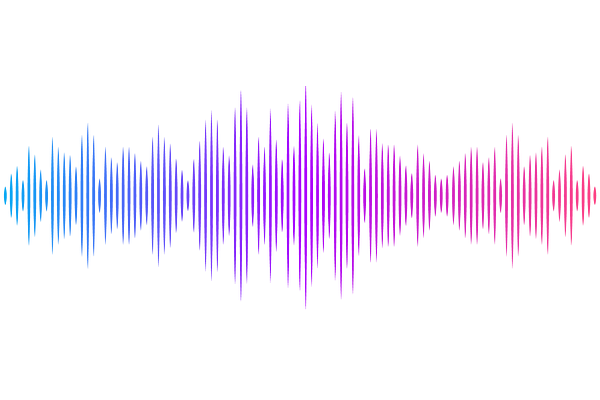A new approach for high-content traction force microscopy to characterize large cell ensembles

A new approach for high-content traction force microscopy to characterize large cell ensembles
Desjardins-Lecavalier, N.; Costantino, S.
AbstractAccurate measurements of cellular forces are important for understanding a wide range of biological processes where traction plays a major role. The characterization of mechanical properties is needed to unravel complex phenomena like migration, morphogenesis, mechanotransduction, or shape regulation, but accurate data on large numbers of single cells remain scarce and challenging. The capacity to measure forces in populations of cells and to identify subsets within heterogeneous ensembles would enable to reveal and manipulate their intrinsic complexity. Traction Force Microscopy (TFM) is a technology that can quantify the contractile forces exerted by cells via measuring the displacement of fluorescent beads embedded on the surface of a soft substrate with precisely defined mechanical properties. However, conventional numerical approaches for measuring cellular forces using TFM are labor-intensive and often yield significant artifacts, making them ill-suited for high-throughput analysis. In this work, we propose using the Demons algorithm instead, leading to significant improvements in both computational efficiency and accuracy. Based computer simulations, we show that this methodology outperforms conventional approaches in terms of speed, it is less sensitive to the blur induced by out-of-focus images and improves the accuracy of force field reconstructions. Additionally, we conducted experiments using various cell lines and gels of distinct stiffness to demonstrate that the Demons algorithm is capable of real-time and effective at clustering cells according to their mechanotype.